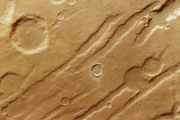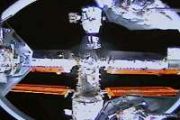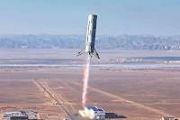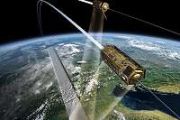
Copernical Team
Emirates mission to the asteroid belt complets PDR
 The United Arab Emirates Space Agency has successfully completed the critical preliminary design review (CDR) for the Emirates Mission to the Asteroid Belt (EMA). This important milestone, achieved between February 19 and 21, marks a significant advancement in the mission's progress, transitioning it into the production phase.
The EMA mission, characterized by a six-year spacecraft design
The United Arab Emirates Space Agency has successfully completed the critical preliminary design review (CDR) for the Emirates Mission to the Asteroid Belt (EMA). This important milestone, achieved between February 19 and 21, marks a significant advancement in the mission's progress, transitioning it into the production phase.
The EMA mission, characterized by a six-year spacecraft design Chang'e Lunar missions to benefit from new relay satellite launch
 The China National Space Administration (CNSA) announced the arrival of the Long March 8 carrier rocket at the Wenchang Space Launch Center, Hainan province. Tasked with launching the Queqiao 2 relay satellite, pre-launch preparations, including assembly and ground testing of the rocket and satellite, are now underway, with the launch slated for the first half of this year.
Queqiao 2, the
The China National Space Administration (CNSA) announced the arrival of the Long March 8 carrier rocket at the Wenchang Space Launch Center, Hainan province. Tasked with launching the Queqiao 2 relay satellite, pre-launch preparations, including assembly and ground testing of the rocket and satellite, are now underway, with the launch slated for the first half of this year.
Queqiao 2, the Long March 5 deploys Communication Technology Demonstrator 11 satellite
 China's latest space mission has successfully placed an experimental telecommunications satellite into orbit, utilizing the Long March 5 carrier rocket. This initiative, orchestrated by the China Aerospace Science and Technology Corp (CASC), marks a significant step in China's efforts to develop high-speed, multi-band communication technologies.
The launch occurred on Friday evening from t
China's latest space mission has successfully placed an experimental telecommunications satellite into orbit, utilizing the Long March 5 carrier rocket. This initiative, orchestrated by the China Aerospace Science and Technology Corp (CASC), marks a significant step in China's efforts to develop high-speed, multi-band communication technologies.
The launch occurred on Friday evening from t Japan Moon lander revives after lunar night
 Japan's Moon lander has produced another surprise by waking up after the two-week lunar night, the country's space agency said Monday.
The unmanned Smart Lander for Investigating Moon (SLIM) touched down last month at a wonky angle that left its solar panels facing the wrong way.
As the sun's angle shifted, it came back to life for two days and carried out scientific observations of a cr
Japan's Moon lander has produced another surprise by waking up after the two-week lunar night, the country's space agency said Monday.
The unmanned Smart Lander for Investigating Moon (SLIM) touched down last month at a wonky angle that left its solar panels facing the wrong way.
As the sun's angle shifted, it came back to life for two days and carried out scientific observations of a cr ERS-2 buckles and bends during final farewell
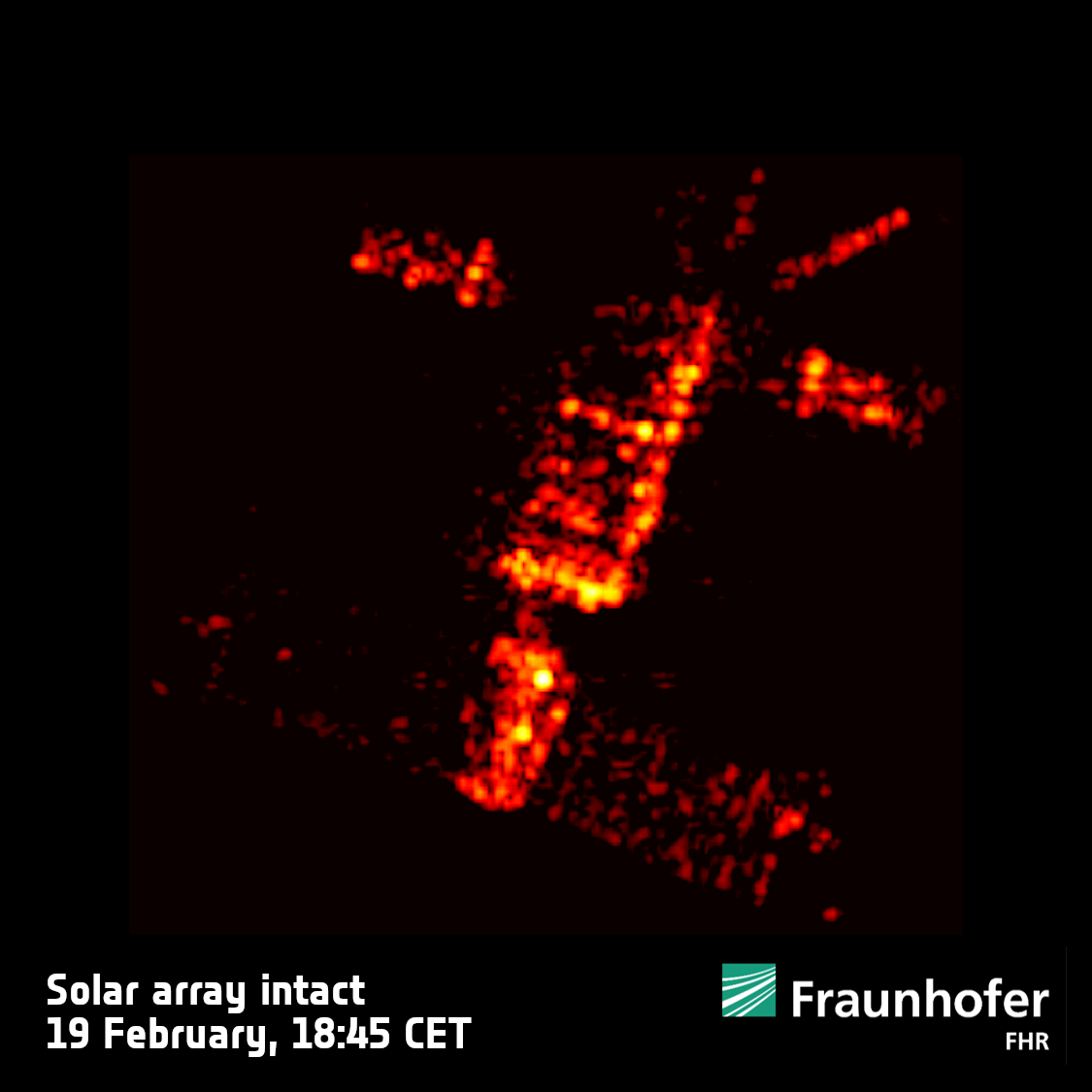 Image:
ERS-2 buckles and bends during final farewell
Image:
ERS-2 buckles and bends during final farewell DART impact might have reshaped Hera's target asteroid

ESA’s Hera spacecraft for planetary defence is being prepared for a journey to the distant asteroid moon Dimorphos orbiting around its parent body Didymos. One of the first features Hera will look for is the crater left on Dimorphos by its predecessor mission DART, which impacted the asteroid to deflect its orbit. Yet a new impact simulation study reported in Nature Astronomy today suggests no crater will be found. The DART impact is likely to have remodelled the entire body instead – a significant finding for both asteroid science and planetary defence.
US spaceship lying sideways after dramatic Moon touchdown
 The first American spaceship to the Moon since the Apollo era is probably lying sideways following its dramatic landing, the company that built it said Friday, even as ground controllers work to download data and surface photos from the uncrewed robot.
The Odysseus spacecraft landed near the lunar south pole Thursday at 6:23 pm Eastern Time (2323 GMT), after a nail-biting final descent when
The first American spaceship to the Moon since the Apollo era is probably lying sideways following its dramatic landing, the company that built it said Friday, even as ground controllers work to download data and surface photos from the uncrewed robot.
The Odysseus spacecraft landed near the lunar south pole Thursday at 6:23 pm Eastern Time (2323 GMT), after a nail-biting final descent when Harnessing light with hemispherical shells
 In a groundbreaking study from Abdullah Gul University in Turkiye, researchers have developed a novel hemispherical shell structure for organic photovoltaic cells, significantly enhancing their light absorption and angular coverage. Published in the SPIE Journal of Photonics for Energy, this innovation could mark a pivotal shift in the quest for more efficient and sustainable solar energy soluti
In a groundbreaking study from Abdullah Gul University in Turkiye, researchers have developed a novel hemispherical shell structure for organic photovoltaic cells, significantly enhancing their light absorption and angular coverage. Published in the SPIE Journal of Photonics for Energy, this innovation could mark a pivotal shift in the quest for more efficient and sustainable solar energy soluti MIT researchers remotely map crops, field by field
 Crop maps help scientists and policymakers track global food supplies and estimate how they might shift with climate change and growing populations. But getting accurate maps of the types of crops that are grown from farm to farm often requires on-the-ground surveys that only a handful of countries have the resources to maintain.
Now, MIT engineers have developed a method to quickly and ac
Crop maps help scientists and policymakers track global food supplies and estimate how they might shift with climate change and growing populations. But getting accurate maps of the types of crops that are grown from farm to farm often requires on-the-ground surveys that only a handful of countries have the resources to maintain.
Now, MIT engineers have developed a method to quickly and ac New techniques uncover ancient biomass secrets in Australian rocks
 Researchers from the University of Gottingen have shed new light on the Earth's earliest life forms by analyzing ancient rocks from the Pilbara Craton in Western Australia, one of the few places on Earth where the primordial crust is still accessible. These rocks, approximately 3.5 billion years old, contain carbonaceous particles that offer clues to the microorganisms which inhabited our planet
Researchers from the University of Gottingen have shed new light on the Earth's earliest life forms by analyzing ancient rocks from the Pilbara Craton in Western Australia, one of the few places on Earth where the primordial crust is still accessible. These rocks, approximately 3.5 billion years old, contain carbonaceous particles that offer clues to the microorganisms which inhabited our planet 


